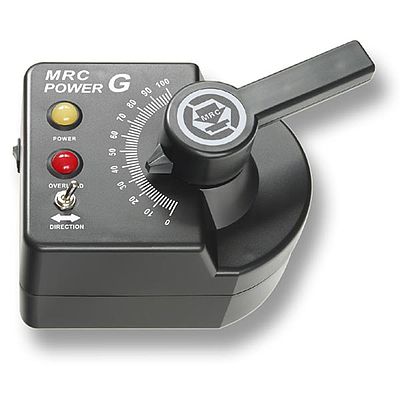the size of the layout is part of the issue, but the total amperage drawn at one time is the most important issue. In other words, if you are running only one new (last decade build) loco on your 30x40ft layout, you probably only need about 2 amps or less. If you are running 10 at one time, you probably need about 20 amps total. And you also need to consider lighting and other stuff run off the tracks in your estimates.
Wiring is very important and with a layout such as 30x40 ft, you need substantial power runs. I would say you need to use at least 14 gauge wire for your power suupply. You can put in lighter weight drops, from the track to the buss, with 18 or 20 gauge, but the main run from the power should heavy to reduce voltage loss.
And for a very reliable running layout, put in lots and lots of drops from the rail to the buss. Most gurus recommend having a power drop from EACH piece of rail to avoid and loss from rail joiners.
the best DC power supply I have found is the GML 6 amp power supply. this comes with a handheld throttle and memory. You can unplug the throttle and move it to another location while the train keeps running. there are options available for separage Brake functions. I think the base version includes adjustable momemtum. I think this Power supply is very good because it will not drop the voltage as the amperage increases. I tested it with a meter and watched the behavior. I set the throttle at 12 volts and slowly added load to the system. the meter continued to display 12 volts until I caused the circuit breaker to go at 6 amps. Most throttle circuitry will loose voltage as amperage increases. They are rated at total voltamps (volts times amps) such as 24. If you draw 2 amps on these you get 12 volts, but if you draw 3 amps, you only 8 volts and if you draw 4 amps, you only get 6 volts etc. What ever throttle you choose, you should avoid this type of circuitry.
the GMLs can be seen at: http://www.thegmlenterprises.com/index.html
Look for the 6 amp throttle under throttles with memory, model WA7-6. this was made specifically for O Scale.





